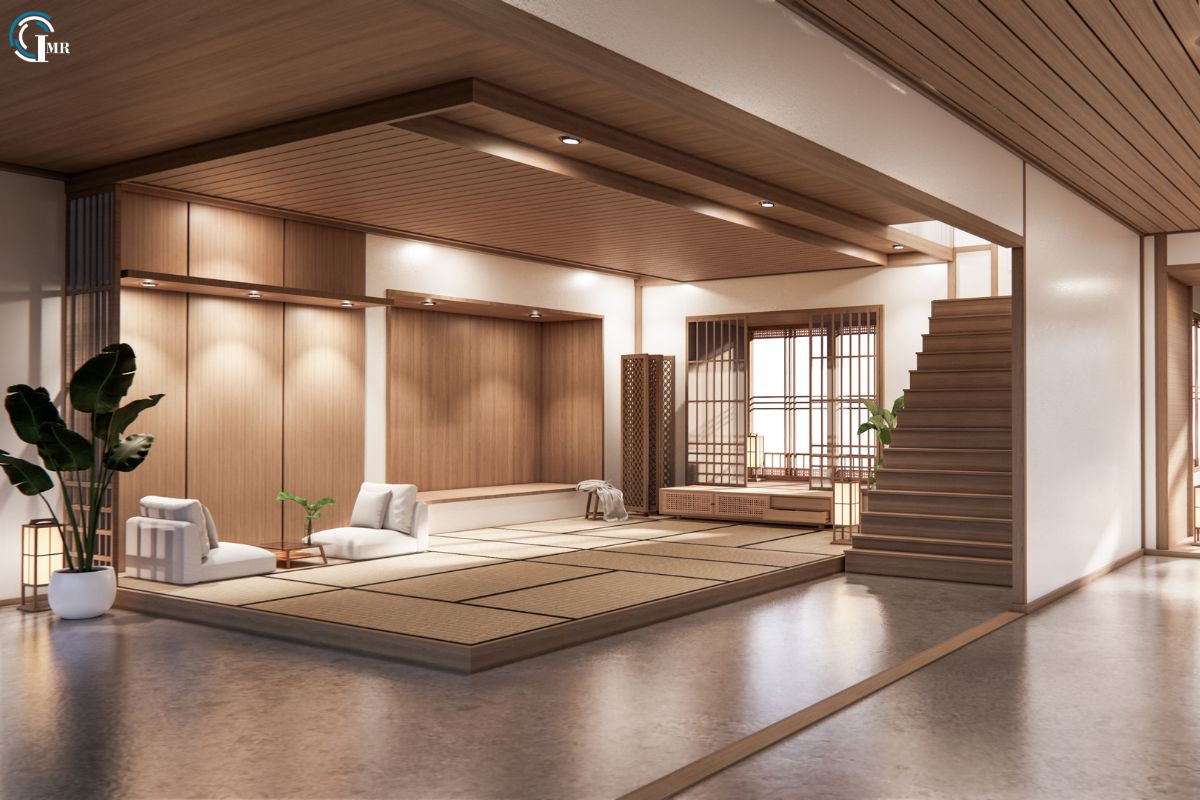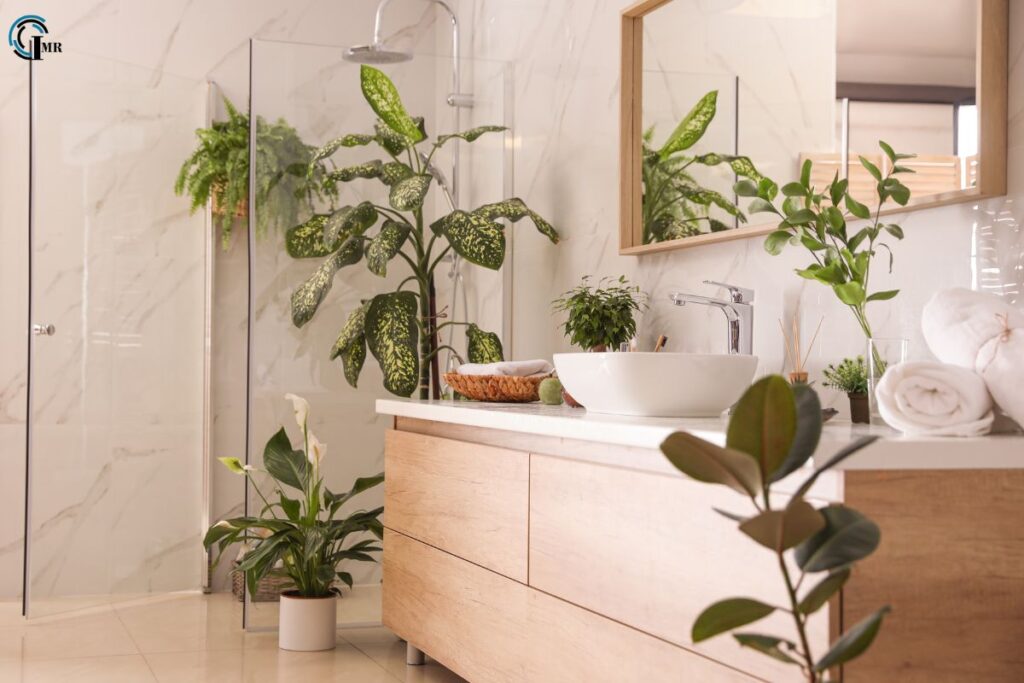Why Acoustics Is Important In Interior Design?

Interior design is not just about aesthetics; it’s also about creating spaces that are functional and comfortable. One often overlooked aspect of interior design. It plays a crucial role in how a space feels and functions. This article explores the importance of Acoustics in interior design, how they affect our well-being, and what can be done to improve them.
The Science of Acoustics
It is the science of sound. It deals with the production, control, transmission, reception, and effects of sound. In the context of interior design, it refers to how sound behaves within a space. Good acoustics can enhance the quality of life by reducing noise pollution and improving the clarity of sound. Poor it, on the other hand, can lead to discomfort, stress, and decreased productivity.
The Importance of Acoustics in Different Spaces
- Residential Spaces: In residential spaces, it is crucial for creating a peaceful and comfortable living environment. Imagine living in a home where every conversation in the next room is audible, or where the sound of traffic from outside is constantly disturbing. Good acoustics can help create a serene home environment by reducing unwanted noise and ensuring that desired sounds, like music or conversation, are clear and pleasant.
- Workspaces: In workspaces, it plays a significant role in productivity and employee well-being. Noise is one of the most common complaints in office environments. It can lead to increased stress levels, reduced concentration, and lower productivity. By incorporating good acoustic design, such as sound-absorbing materials and strategic layout planning, offices can create a more conducive environment for focus and collaboration.
- Educational Institutions: Educational institutions, such as schools and universities, also benefit significantly from good acoustics. Classrooms with poor of it can make it difficult for students to hear and understand their teachers, leading to decreased learning outcomes. Proper acoustic design can ensure that sound is evenly distributed and that background noise is minimized, creating an optimal learning environment.
- Hospitality Spaces: In hospitality spaces like hotels, restaurants, and cafes, it is vital for ensuring guest comfort. A noisy restaurant can detract from the dining experience, while poor acoustics in hotel rooms can lead to restless nights for guests. Thoughtful acoustic design can enhance the guest experience by creating a more pleasant and relaxing atmosphere.

Importance of Acoustics in Affecting Well-being
Acoustics has a direct impact on our well-being. Prolonged noise exposure can lead to a range of health issues, including hearing loss, cardiovascular problems, and increased stress levels. On the other hand, environments with good acoustics can promote relaxation, improve concentration, and enhance overall well-being.
- Stress Reduction: Noise is a well-known stressor. Continuous exposure to high levels of noise can increase stress hormones like cortisol, leading to chronic stress and its associated health problems. Good acoustic design can help reduce noise levels, creating a more serene and stress-free environment.
- Improved Communication: In both personal and professional settings, clear communication is essential. Poor acoustics can make it difficult to hear and understand speech, leading to misunderstandings and frustration. By improving to it, we can ensure that communication is clear and effective, enhancing relationships and productivity.
- Enhanced Sleep Quality: Sleep is vital for our health and well-being. Noise pollution, whether from traffic, neighbors, or other sources, can disrupt sleep and lead to a range of health issues, including insomnia and increased risk of chronic diseases. Good acoustic design in bedrooms can help create a quieter and more restful sleeping environment.
Acoustic Design Strategies
Improving it in interior design involves a range of strategies, from material selection to spatial planning. Here are some key strategies to consider:
- Sound Absorption: Sound absorption is the process of reducing sound energy by using materials that absorb sound waves. This can be achieved through the use of soft furnishings, carpets, curtains, and specialized acoustic panels. These materials can help reduce reverberation and echo, creating a quieter and more pleasant environment.
- Sound Insulation: Sound insulation involves preventing sound from traveling from one space to another. This can be particularly important in multi-family residential buildings, offices, and hotels. Techniques for sound insulation include using thicker walls, double-glazed windows, and soundproof doors. These measures can help keep unwanted noise out and ensure privacy.
- Sound Masking: Sound masking involves adding background noise to a space to mask unwanted sounds. This can be achieved through the use of white noise machines or soundscaping systems that play natural sounds like flowing water or rustling leaves. Sound masking can help create a more consistent and pleasant acoustic environment.
- Spatial Planning: The importance of acoustics in space layout and design is significant. Open-plan layouts, for example, can lead to higher noise levels and reduced privacy. By strategically planning the layout and incorporating acoustic zones, designers can create spaces that balance openness with acoustic comfort.

Use of Acoustic Panels
Acoustic panels are specialized materials designed to absorb sound and reduce noise levels. They come in various forms, including wall panels, ceiling panels, and baffles. Acoustic panels can be used to target specific areas with high noise levels or reverberation, improving the overall acoustic quality of a space.
Incorporation of Natural Elements
Natural elements like plants and water features can also enhance it. Plants can help absorb sound, reducing noise levels, while water features can provide soothing background noise that masks unwanted sounds. Incorporating natural elements into interior design can create a more pleasant and acoustically balanced environment.
Case Studies: Importance of Acoustic Design in Interior Spaces
Residential Case Study: Urban Apartment
An urban apartment located in a busy city center faced significant noise pollution from traffic and neighboring buildings. The interior designer incorporated thick curtains, plush carpets, and upholstered furniture to absorb sound. Double-glazed windows and soundproof doors were installed to prevent external noise from entering. Acoustic panels were strategically placed on walls and ceilings to further reduce noise levels. The result was a serene and comfortable living space, despite the urban location.
Workplace Case Study: Open-Plan Office
A large open-plan office struggled with high noise levels and reduced employee productivity. The interior design solution included the use of acoustic ceiling panels and baffles to absorb sound and reduce reverberation. Soft furnishings and carpets were added to further enhance sound absorption. The layout was reconfigured to create acoustic zones, with quiet areas for focused work and collaborative areas for meetings and discussions. Sound masking systems were also installed to provide consistent background noise. These measures led to a significant reduction in noise levels and improved employee satisfaction and productivity.
Educational Case Study: University Lecture Hall
The importance of acoustics was evident in the university lecture hall, where poor sound quality made it difficult for students to hear and understand lectures. The interior design solution involved the installation of acoustic wall panels and ceiling clouds to absorb sound and reduce echo. The seating layout was reconfigured to ensure that sound was evenly distributed throughout the hall. Additionally, a sound amplification system was installed to ensure that the lecturer’s voice was clear and audible. These improvements created an optimal learning environment, enhancing student engagement and learning outcomes.
Hospitality Case Study: Boutique Hotel
A boutique hotel aimed to create a peaceful and luxurious environment for its guests. The interior design incorporated thick carpets, upholstered furniture, and heavy curtains to absorb sound. Double-glazed windows and soundproof doors were installed in guest rooms to ensure privacy and reduce noise from the street. Acoustic panels were used in common areas like the lobby and restaurant to create a pleasant and comfortable atmosphere. The result was a tranquil and relaxing environment that enhanced the guest experience.
Future Trends in Acoustic Design
As the importance of acoustic interior design continues to be recognized, several trends are emerging that will shape the future of acoustic design.
Integration of Smart Technology
Smart technology is being increasingly integrated into acoustic design. This includes the use of smart sound systems that can adapt to changing acoustic conditions and provide real-time sound masking. Additionally, smart materials that can change their acoustic properties in response to environmental changes are being developed.
Sustainable Acoustic Materials
Sustainability is a growing concern in interior design, and this extends to acoustic materials. There is a trend towards using sustainable and eco-friendly materials for acoustic design, such as recycled acoustic panels and natural fibers. These materials not only enhance acoustics but also reduce the environmental impact of interior design projects.
Biophilic Acoustic Design

Biophilic design, which seeks to connect people with nature, is being incorporated into acoustic design. This includes the use of natural elements like plants and water features to enhance the importance of acoustics. Additionally, natural soundscapes, such as recordings of birdsong or flowing water, are being used to create a calming and pleasant acoustic environment.
Importance of Acoustics in Personalized Solutions
There is a growing trend towards personalized acoustic solutions that cater to individual needs and preferences. This includes the use of customizable acoustic panels and sound systems that can be tailored to specific acoustic requirements. Personalized acoustic design can create more comfortable and enjoyable spaces for individuals.
Conclusion
It plays a vital role in interior design, influencing how spaces feel and function. From residential homes to workspaces, educational institutions, and hospitality environments, good acoustic design can enhance comfort, well-being, and productivity. By incorporating strategies such as sound absorption, sound insulation, and sound masking, interior designers can create spaces with optima. As awareness of the importance of acoustics grows, future trends such as smart technology, sustainable materials, and personalized solutions will continue to shape the field of acoustic design. Ultimately, considering it in interior design is essential for creating spaces that are not only beautiful but also functional and comfortable.





Comments